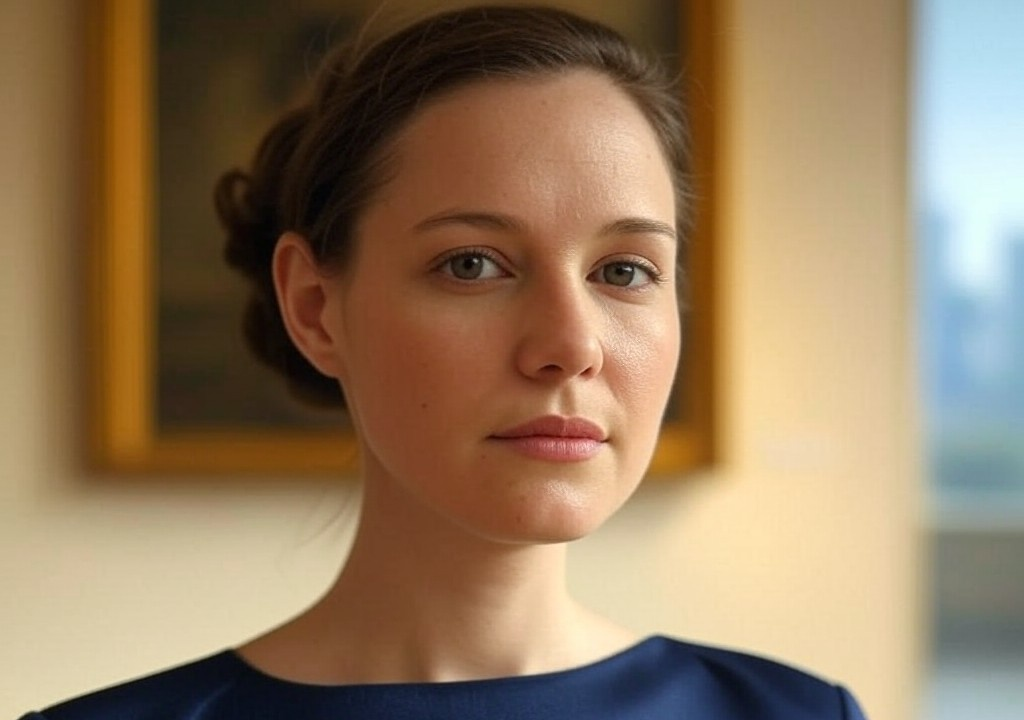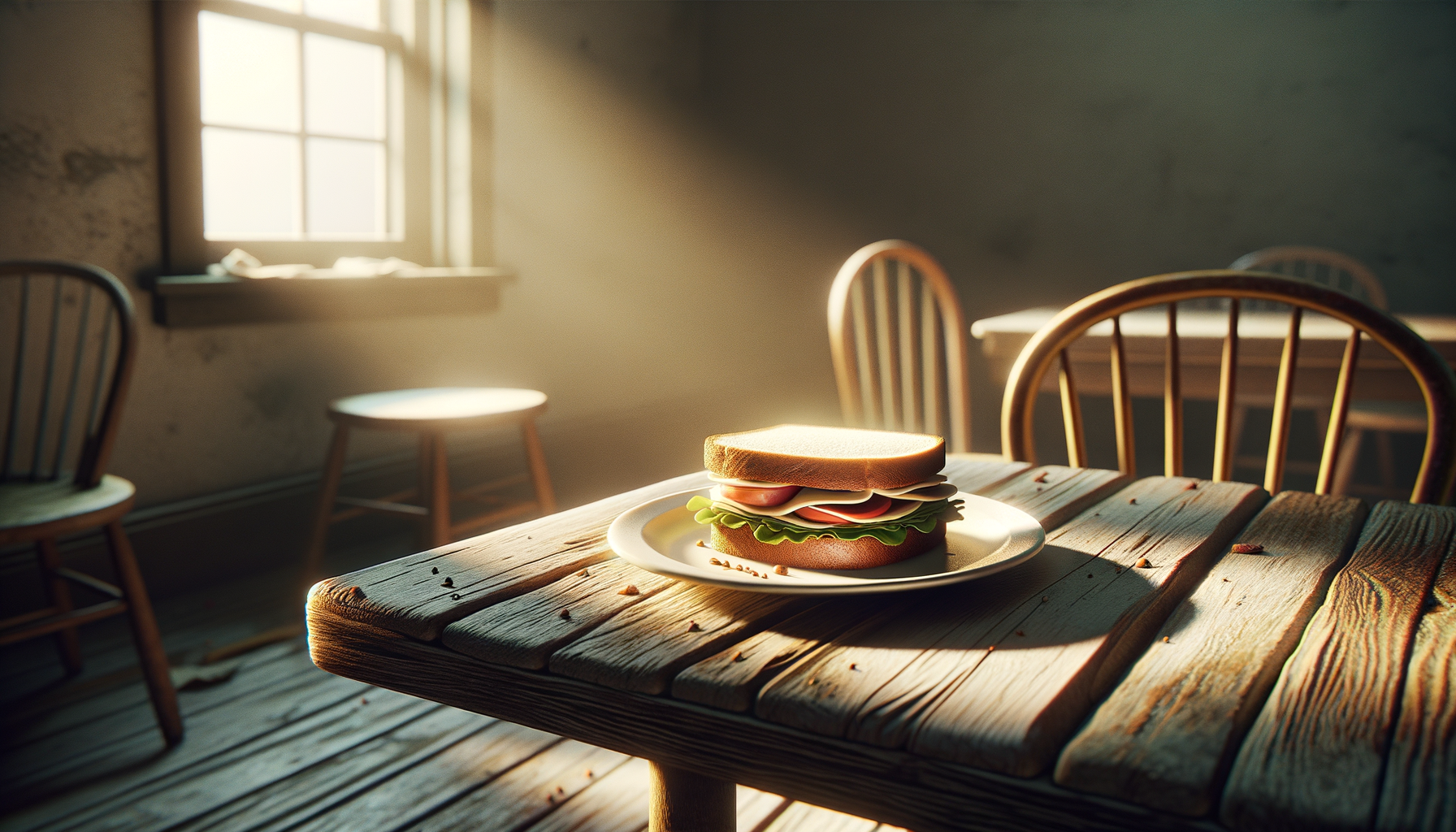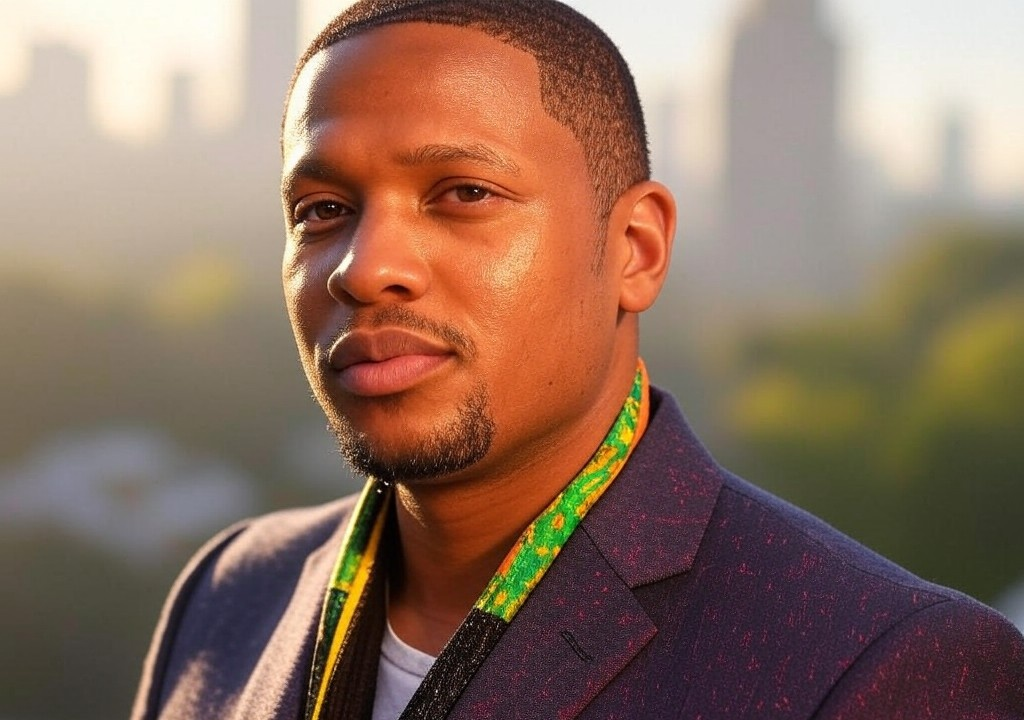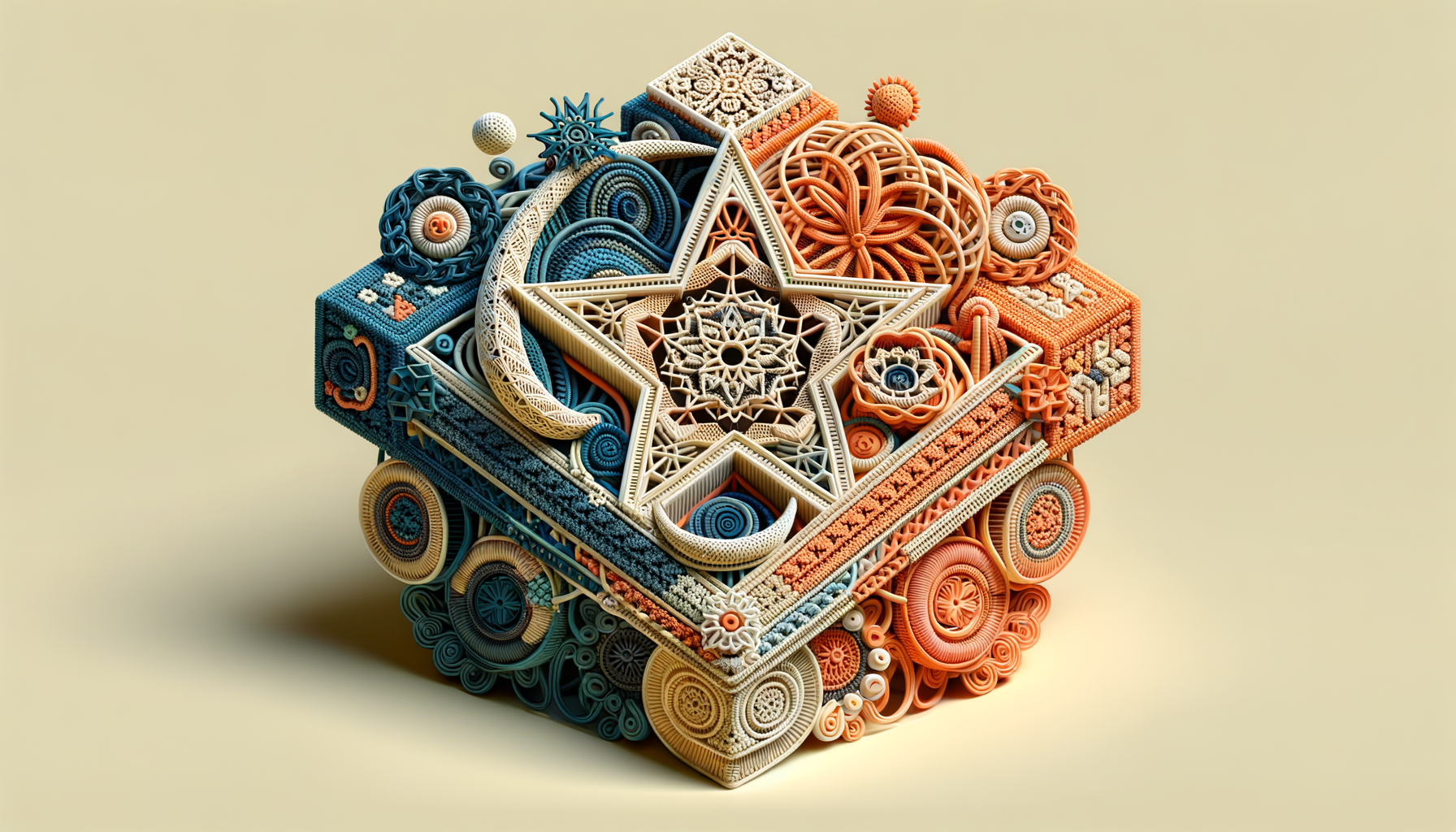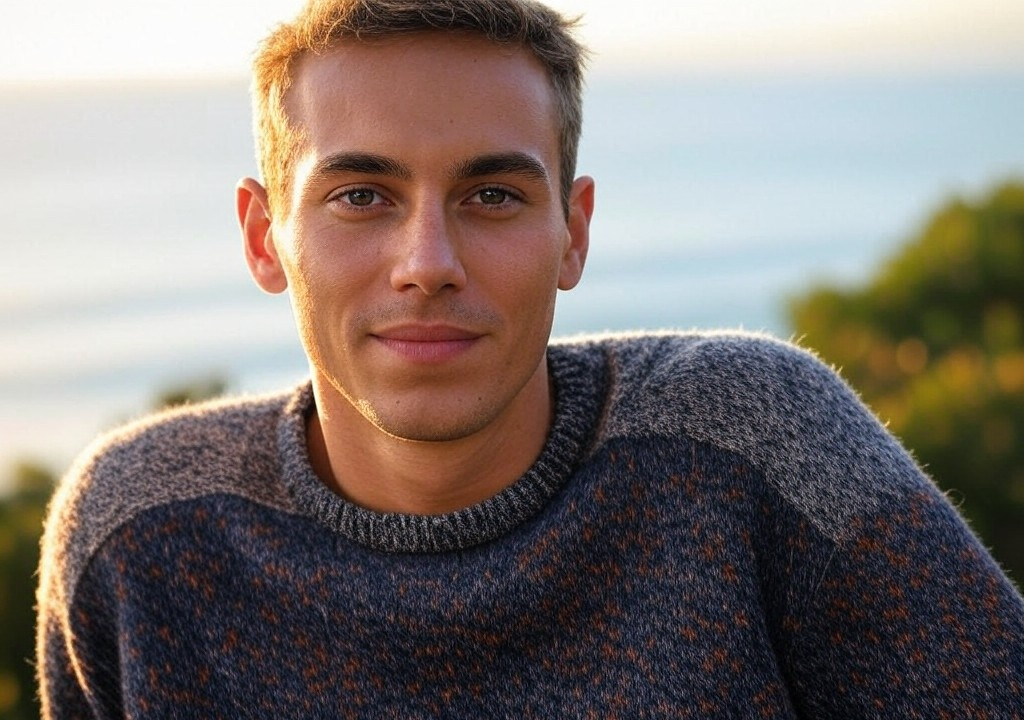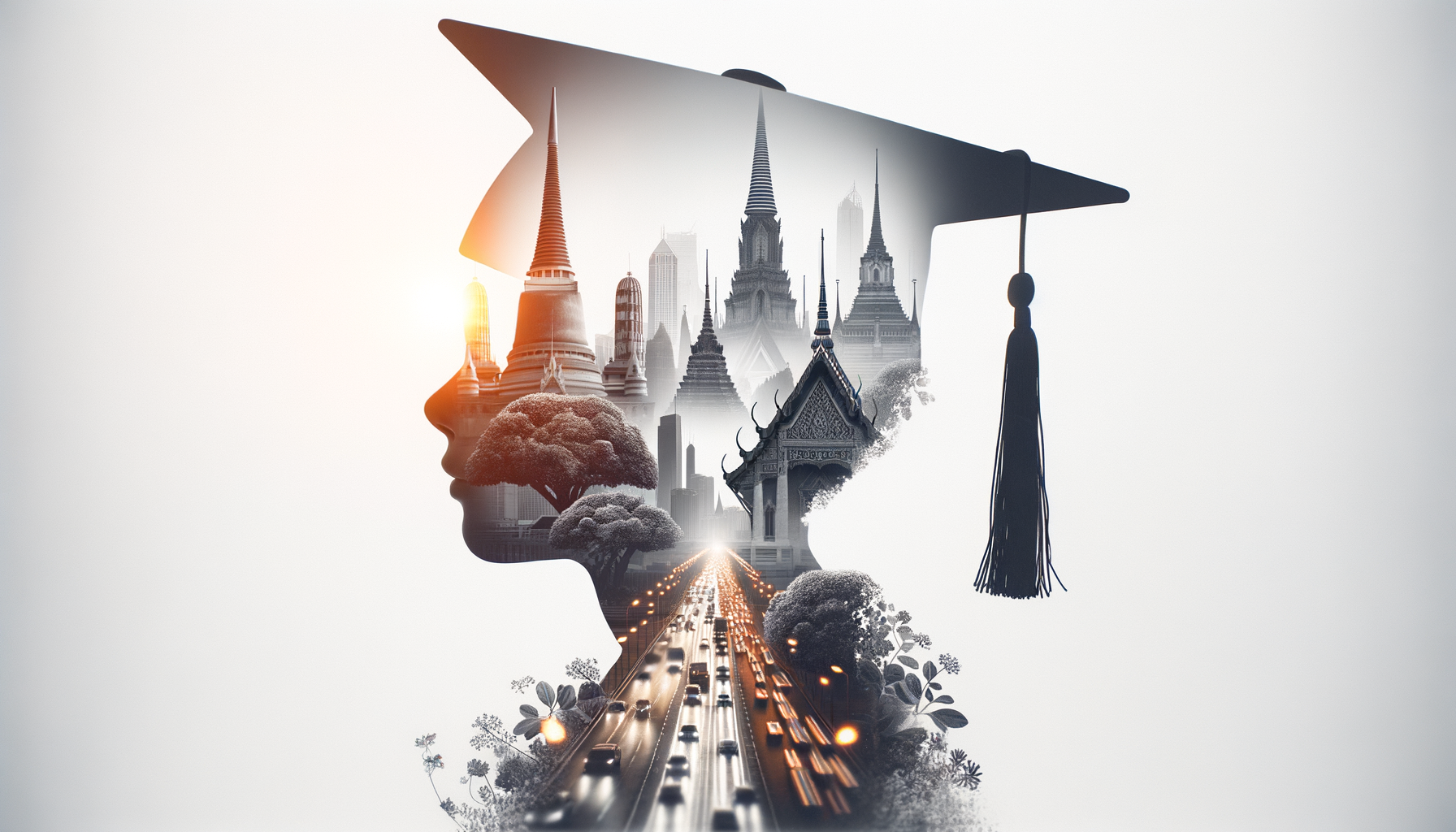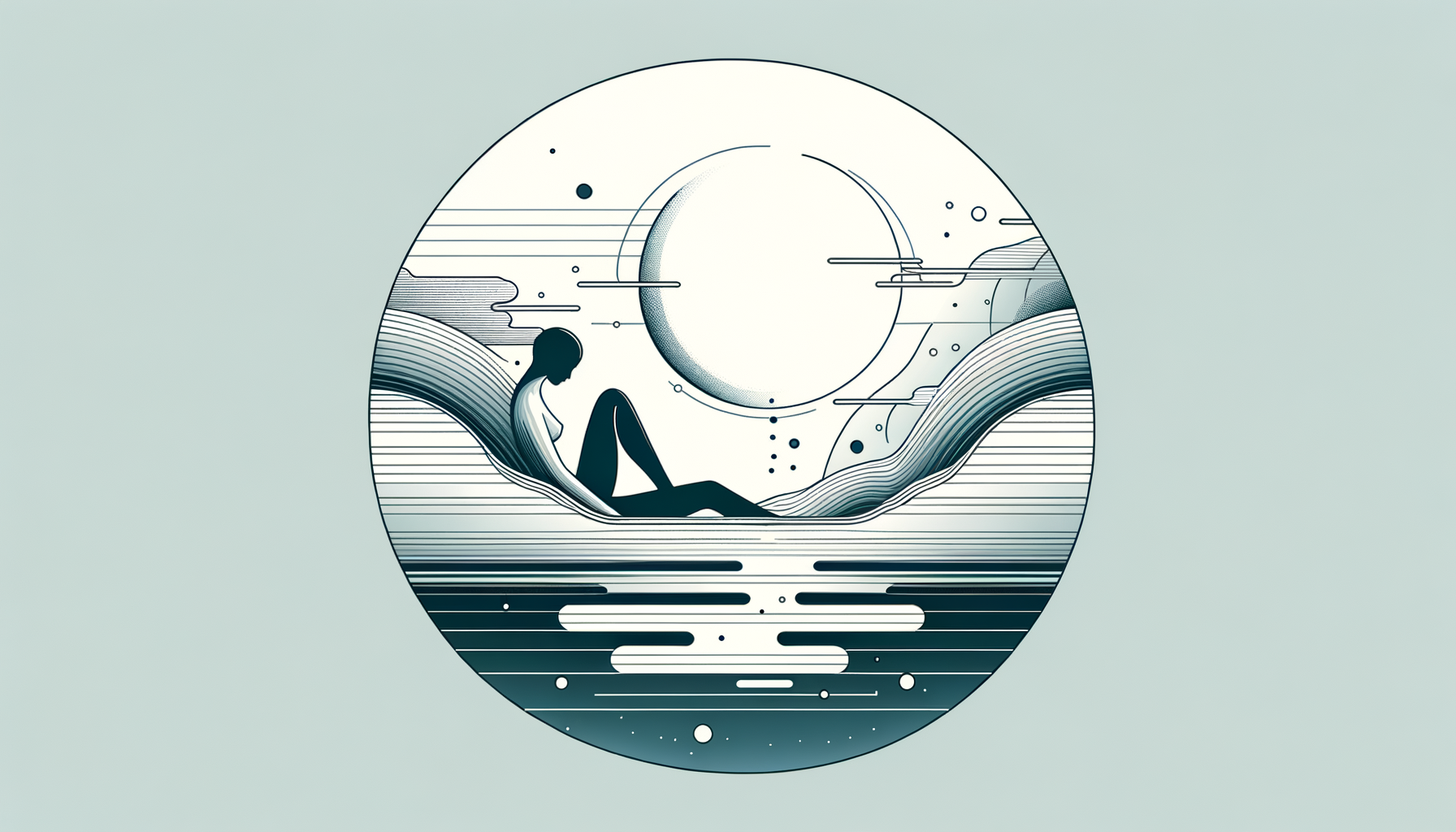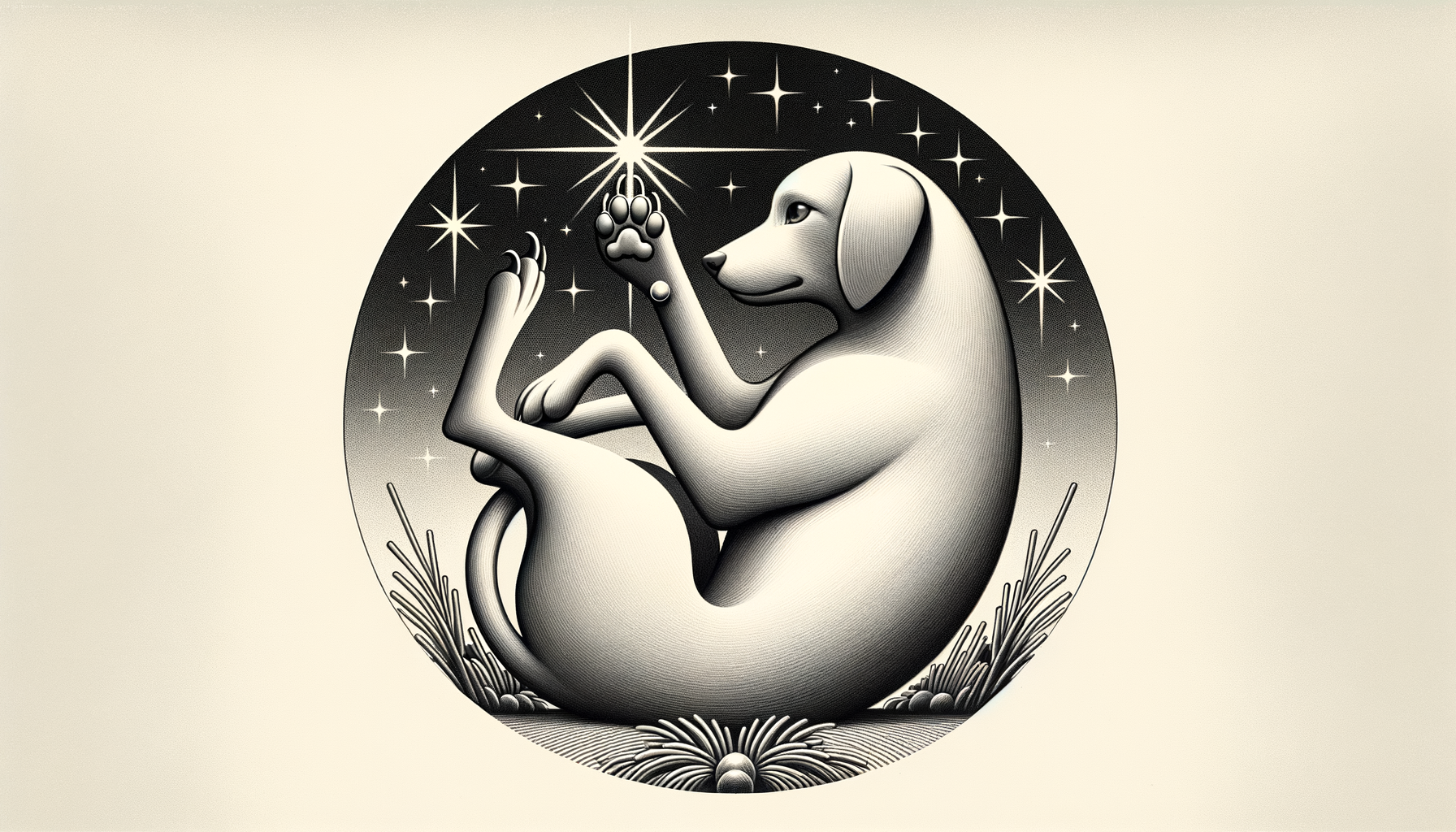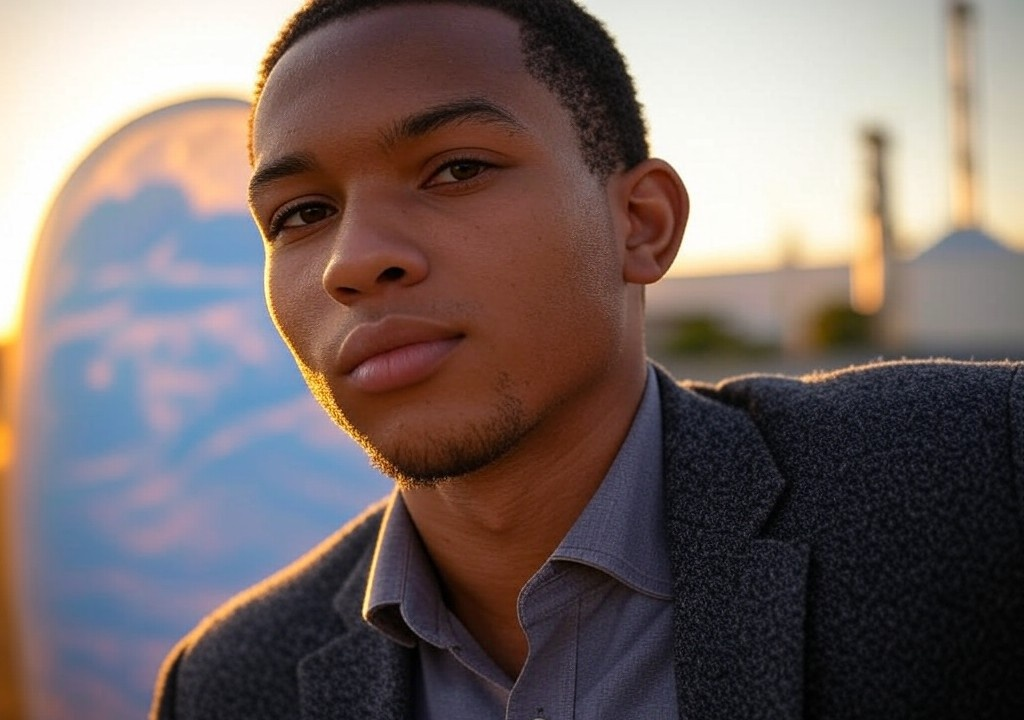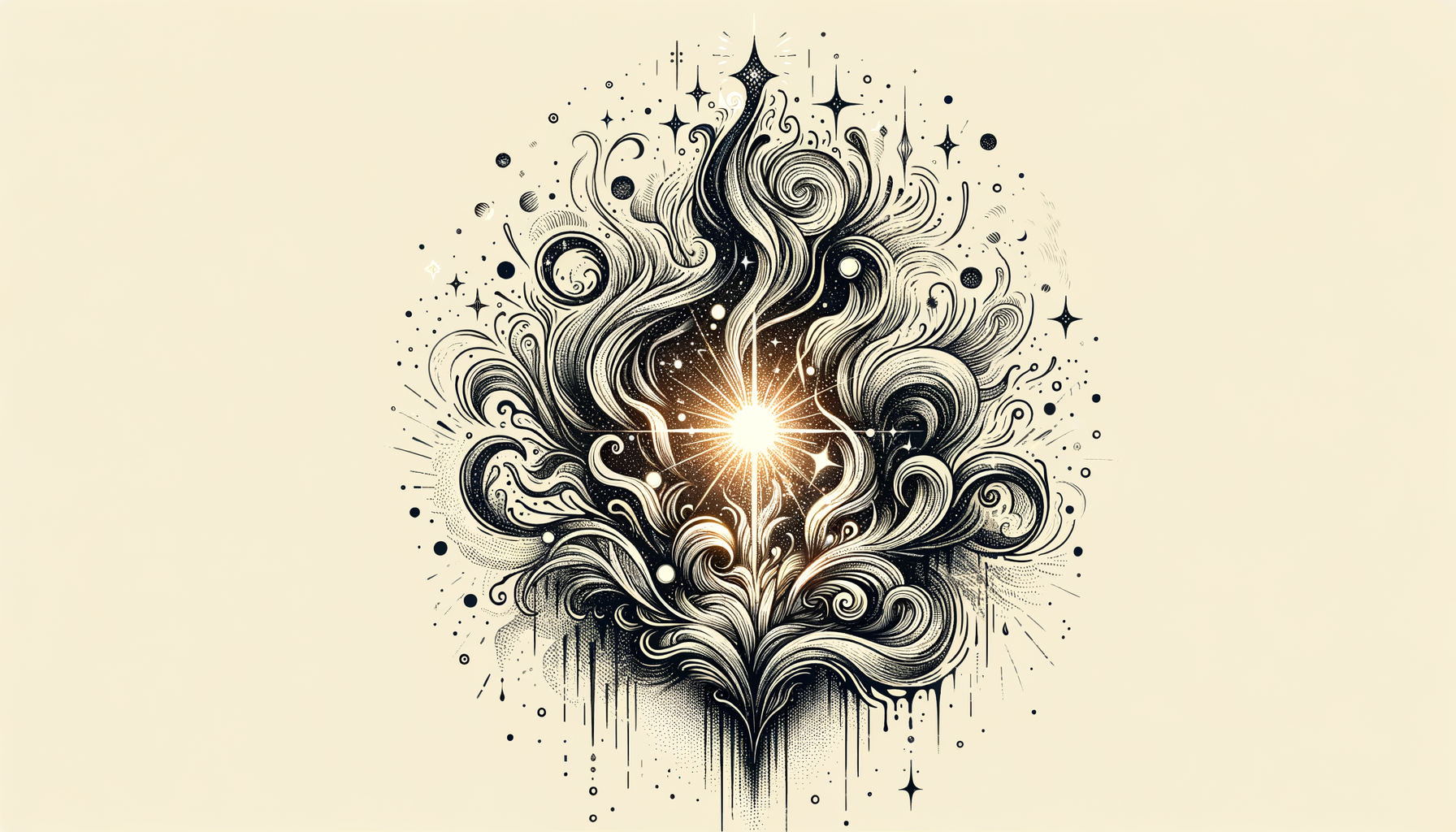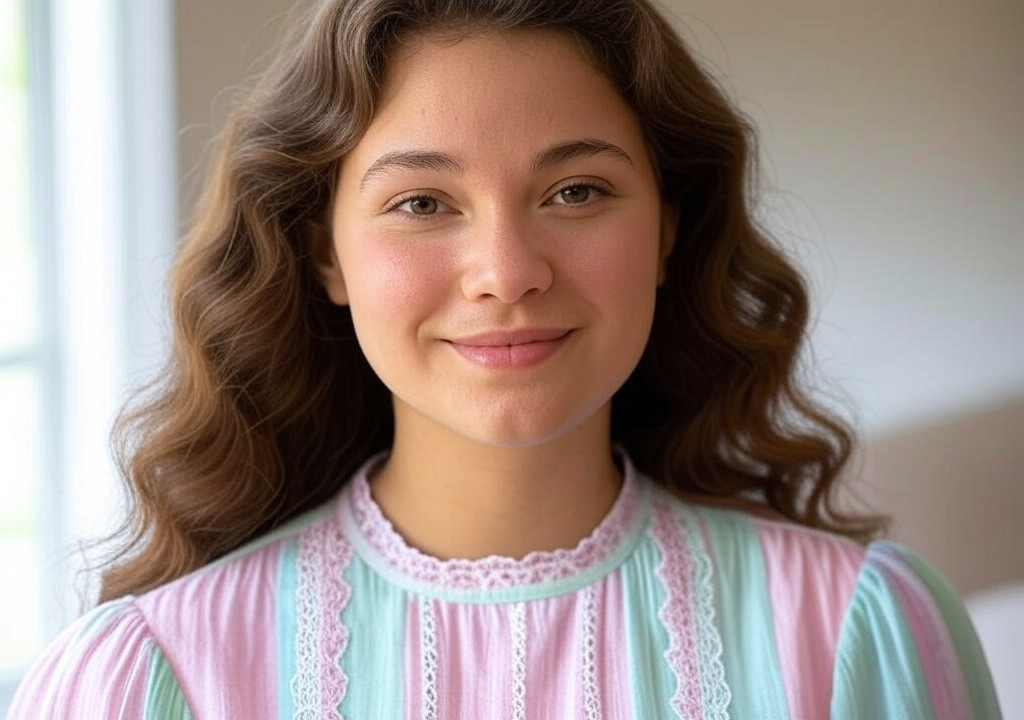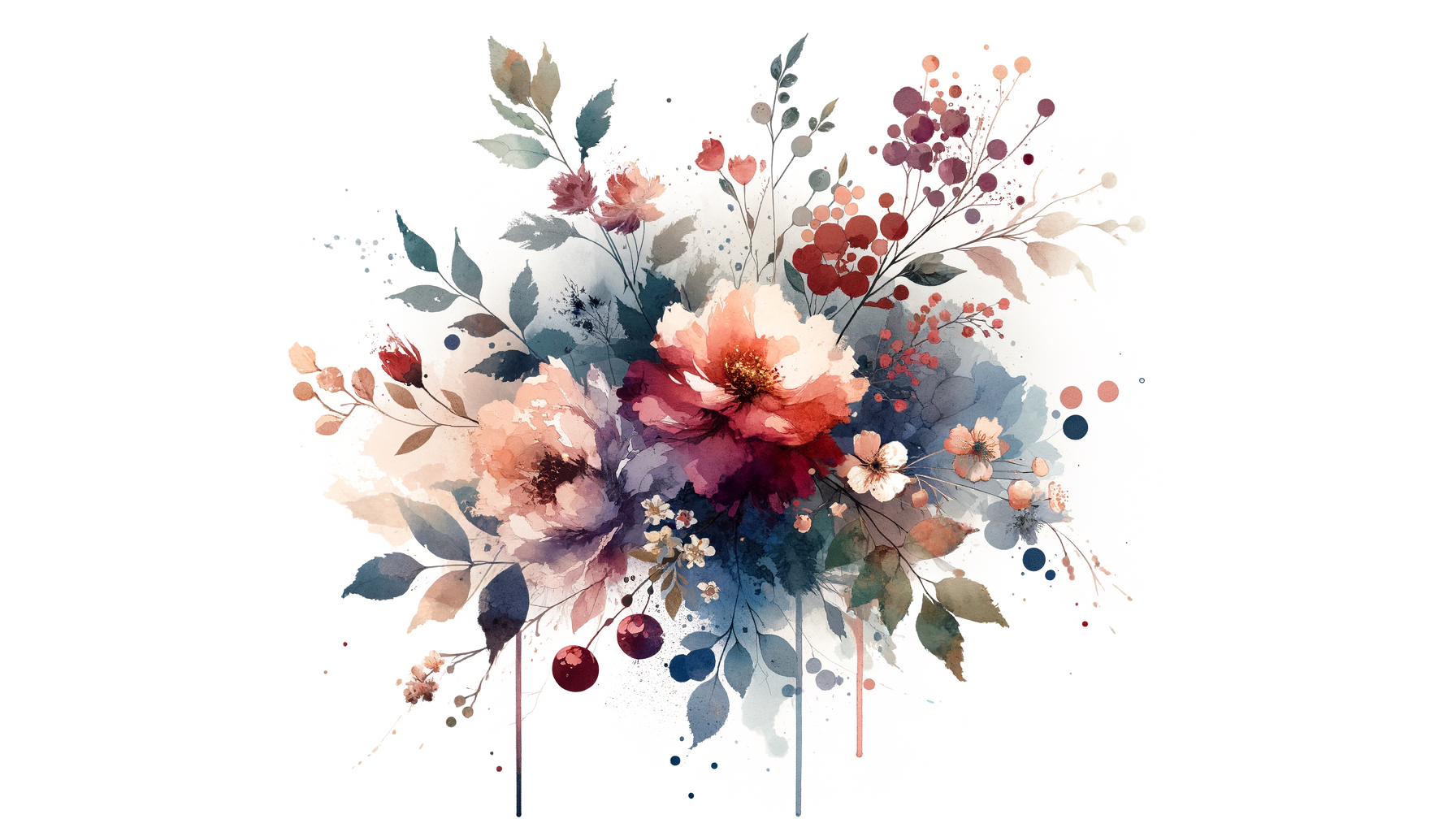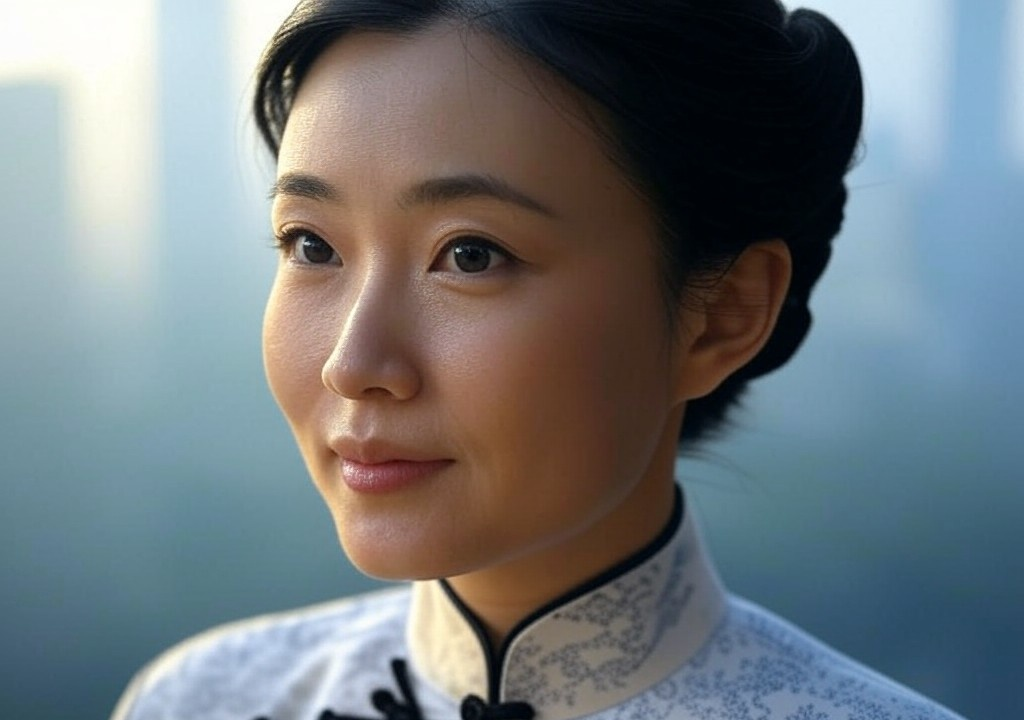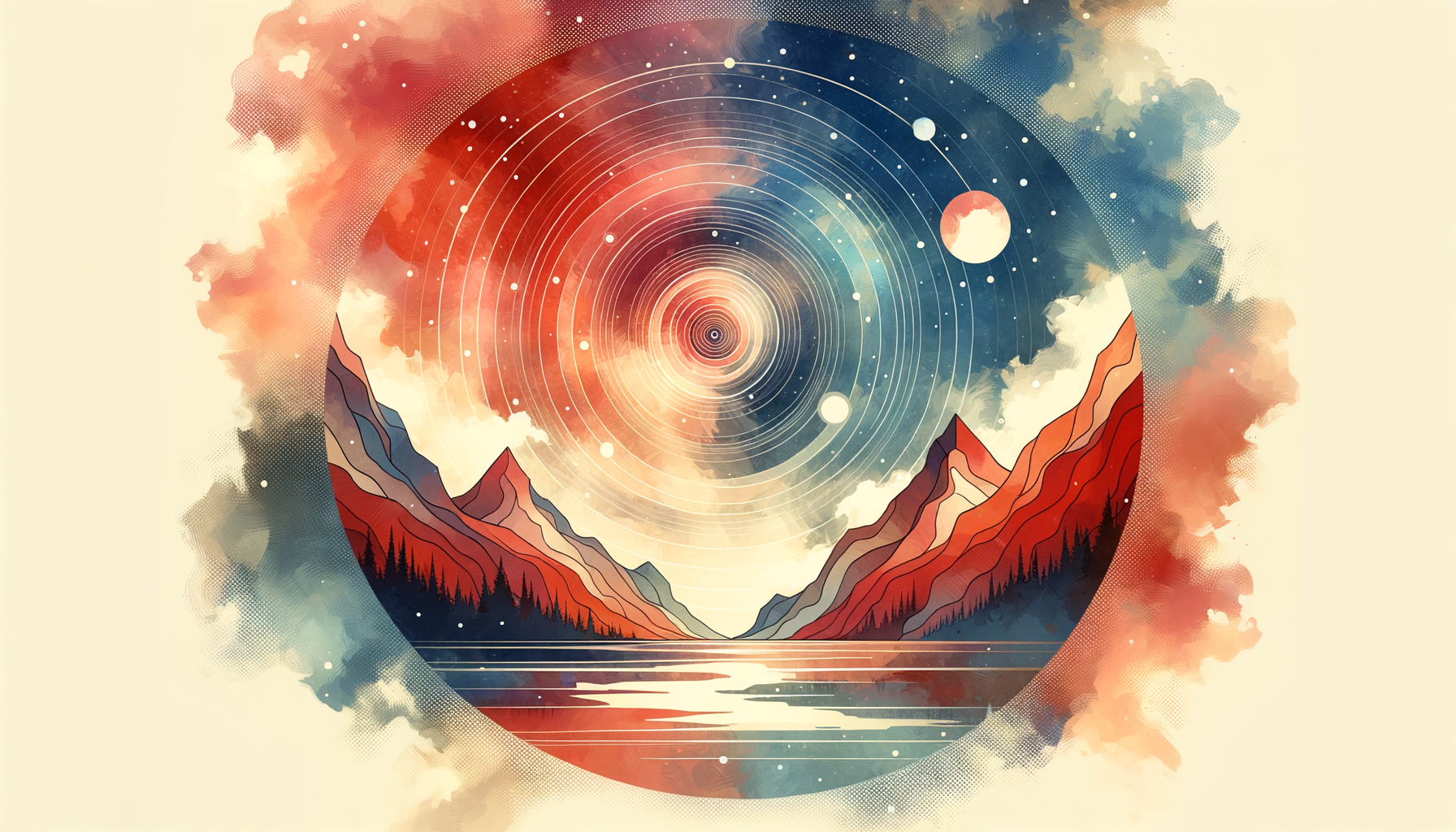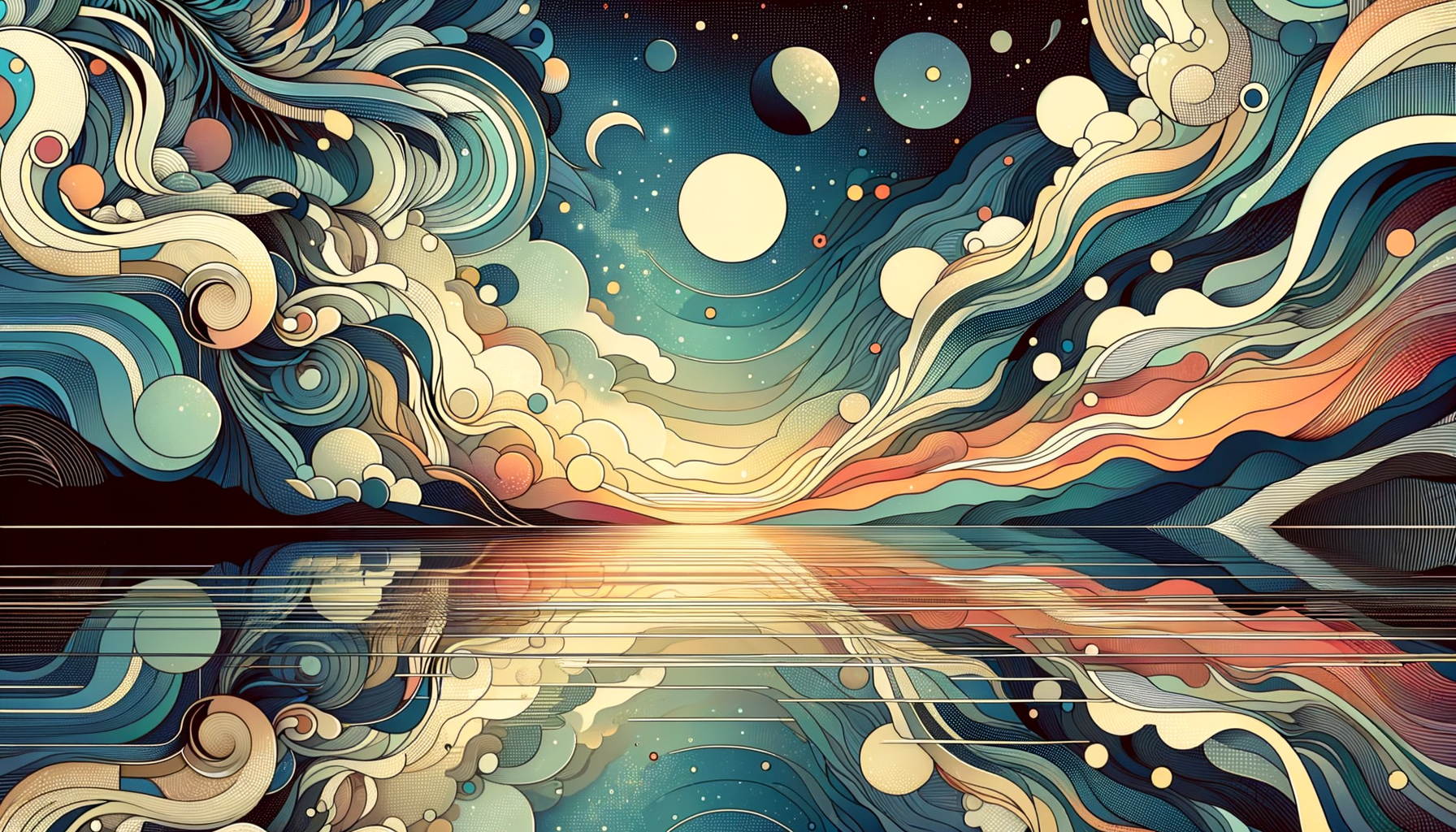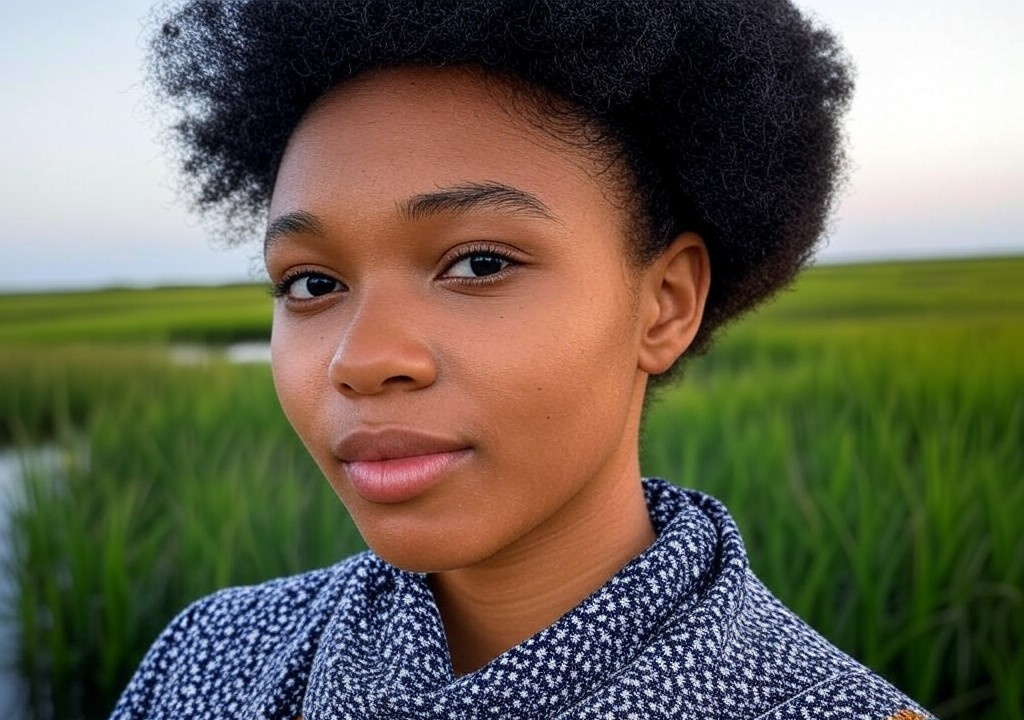I was standing in the middle of the Tate Modern in London, somewhere between the warped genius of a Picasso and the stark minimalism of a Donald Judd sculpture, when it hit me: purpose is not something you chase. It’s something that ambushes you—like running into an ex on a bad hair day or unexpectedly liking oat milk in your coffee after mocking it for months. My own ambush came not in the grand halls of art or academia, but in the low-stakes zone of a chance conversation on a sticky cafe stool. And it changed everything.
Let’s rewind a little.
The Detour You Didn’t Know You Needed
When I first moved to London for graduate school, I was laser-focused on becoming the voice in modern art discourse—a sort of 21st-century Clement Greenberg, but with better handbags and a predilection for Aperol spritz. My life was a carefully curated tableau: mornings buried in rare books, afternoons scouring archives, and evenings spent pretending to like sourdough starters at intellectual dinner parties.
But between discussions on light refraction in Monet’s water lilies and the politics of museum acquisitions, I started to feel stale, almost like someone had hung a “Do Not Touch” sign over my own enthusiasm. I told myself that this was temporary, just an intellectual fog. After all, where else was I supposed to find meaning? Surely not in something as mundane as casual conversation.
Spoiler alert: wrong.
One afternoon, while waiting for a friend who was habitually late (because what’s London without perpetually delayed Tube lines?), I perched myself at a local cafe. Let me set the scene: the kind of place where oat milk flows freely and baristas judge you for not knowing the difference between a cortado and a flat white. A woman at the next table, likely sensing I was the type to nod emphatically about books I hadn’t read, struck up a conversation. She said something—now lost to time—about the exhibit I’d been jotting down notes on, and what followed was an hour-long discussion about human connection through visual culture.
It wasn’t simply the content of our conversation that shifted something in me. It was the dance of it. She wasn’t part of the art world, but she got it on an instinctual level. The way people hold hands in Hopper paintings. The vulnerability in Frida Kahlo’s self-portraits. We veered off into our own lives: her ex who communicated exclusively through GIFs, my tendency to over-romanticize small details like the curve of someone’s handwriting.
For the first time in ages, I wasn’t analyzing relationships through an academic or aesthetic lens—I was inside the story, not observing it from the gallery wall. And here’s the kicker: I realized that art, much like love, is about creating dialogue. It’s not about standing apart and interpreting; it’s about stepping into the mess and feeling your way through it.
When Purpose Shows Up in Messy Rooms
If you’re imagining this interaction as a grand “a-ha!” moment complete with spotlights and choirs of angels, let me pause you right there. Truthfully, it felt as mundane as looking for your keys only to realize they’ve been in your pocket all along.
But this quiet epiphany snowballed. I started noticing things I’d ignored during my pursuit of professional and creative perfection. The cryptic Post-it notes left by strangers in obscure corners of museums. The raw, honest conversations happening over cheap prosecco at gallery openings. The way people giggle nervously at conceptual art they don’t understand but find oddly heartwarming. I stopped "worshipping" the art itself and began focusing on the stories people carried into those spaces.
That chance coffee conversation made me realize that my life’s purpose wasn’t confined to explaining a painting’s brushstrokes or dissecting an artist’s manifesto. My calling was about connections—between people, between ideas, between the moments that sneak up on us and change everything. It was storytelling in its broadest, most human form.
More importantly, I realized that our truest purpose is often something we’re already doing without fanfare or capital letters. For me, it was drawing parallels between life and art and making them accessible. Sometimes, it takes a stranger on a random weekday to hold up the world’s most unexpected mirror. And in my case, it came with a side of chai latte.
Living Your Purpose, One Conversation at a Time
You know what’s funny? Once I leaned into the idea that purpose doesn’t have to be “discovered” in some life-altering way, I started noticing it everywhere. In the shy vulnerability of someone confessing their crush over cocktails. In the curious way two strangers exchange glances on a crowded bus. Even in the chaos of messy breakups and awkward first dates, filled with hangover-flavored text messages that begin with “Sooo…what are we?”
When I launched my boutique publishing imprint years later, this perspective became my compass. Yes, we published gorgeous monographs on modern art, but we approached it differently—the humanity behind the artist was just as important as the finished canvas. We’d include stories about the messiness of their lives—their heartbreaks, obsessions, the cities that shaped them. People didn’t just resonate with a particular painting because it “looks nice over my couch”; they resonated because something in it reflected a piece of themselves.
The sublime truth? Art imitates life, and life is just one long study of relationships: with others, with ourselves, and sometimes even with that one ex who still doesn’t leave Instagram reactions alone.
How to Let Purpose Find You
If you’re currently waiting for your own discovery moment, hoping for a cosmic sign to swoop in and set everything in motion, I have good news and bad news. The bad news? You won’t find purpose by chasing it like a perfectly ripened avocado at the farmer’s market. The good news? You might already be living it—in small, unnoticed ways—without realizing it.
Here’s what I’ve learned:
-
Be Interruptible. Sometimes, your life’s purpose isn’t forged in passion or clarity, but in happy accidents. Create space for randomness: strike up a conversation, linger in new places, get curious. Life isn’t curated, and that’s its magic.
-
Stop Overthinking It. We’re conditioned to believe that our purpose must be shiny and grand, like something you’d brag about at a dinner party. In truth, it’s often refreshingly ordinary. Mine wasn’t hidden in a thesis or gallery exhibition. It hid in connection—unscheduled, unpolished.
-
Follow What Feels Effortless. We tend to undervalue the things that come naturally to us, as if they don’t “count” unless there’s struggle. For me, weaving art and human connection feels as instinctive as breathing. That’s enough.
Conclusion: Your Mirror Awaits
My challenge to you? Stop looking for that one neon sign marked PURPOSE in the middle of nowhere. Pay attention to what absorbs you, what feels “you,” and step into those places where ease and connection happen. It doesn’t have to be accompanied by brass bands or Instagram-worthy captions. Sometimes, it’s just two people talking over oat milk lattes in a random cafe.
Art reflects life beautifully, but it’s your own reflection—the messy, evolving, wonderful you—that’ll point you toward the meaning you’re searching for. And when it does, I hope you’ll let it ambush you, too.

